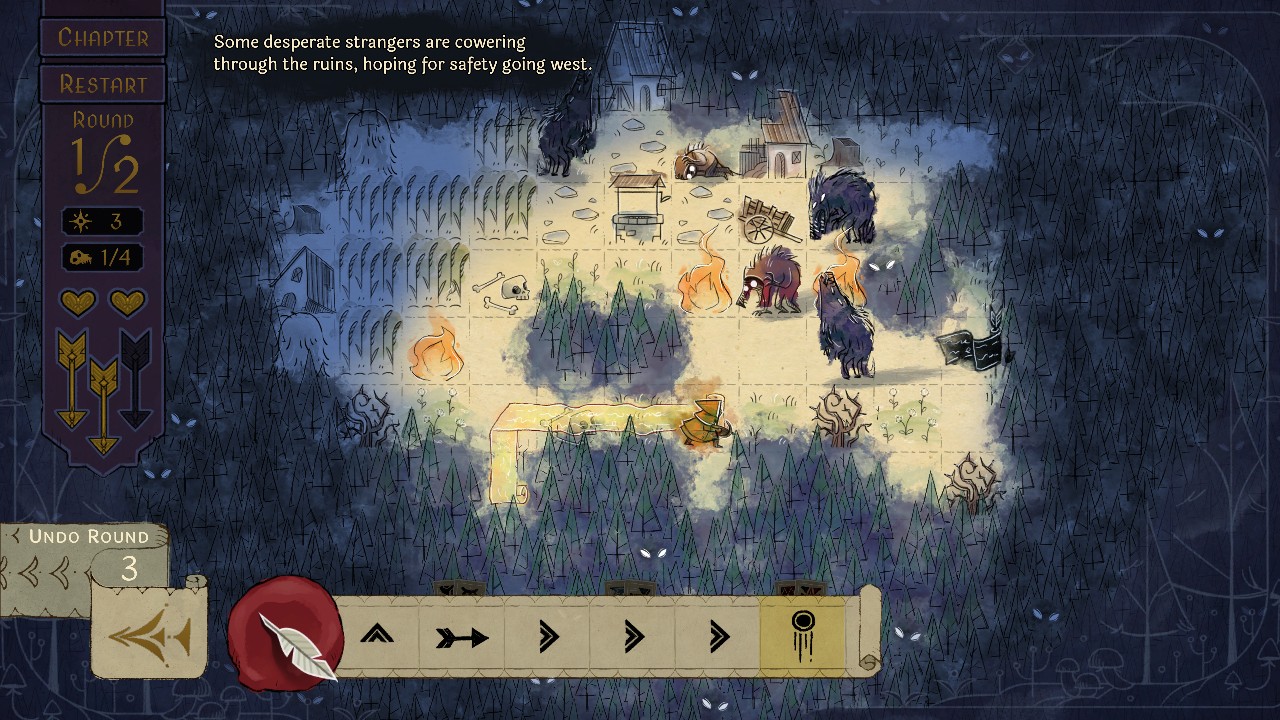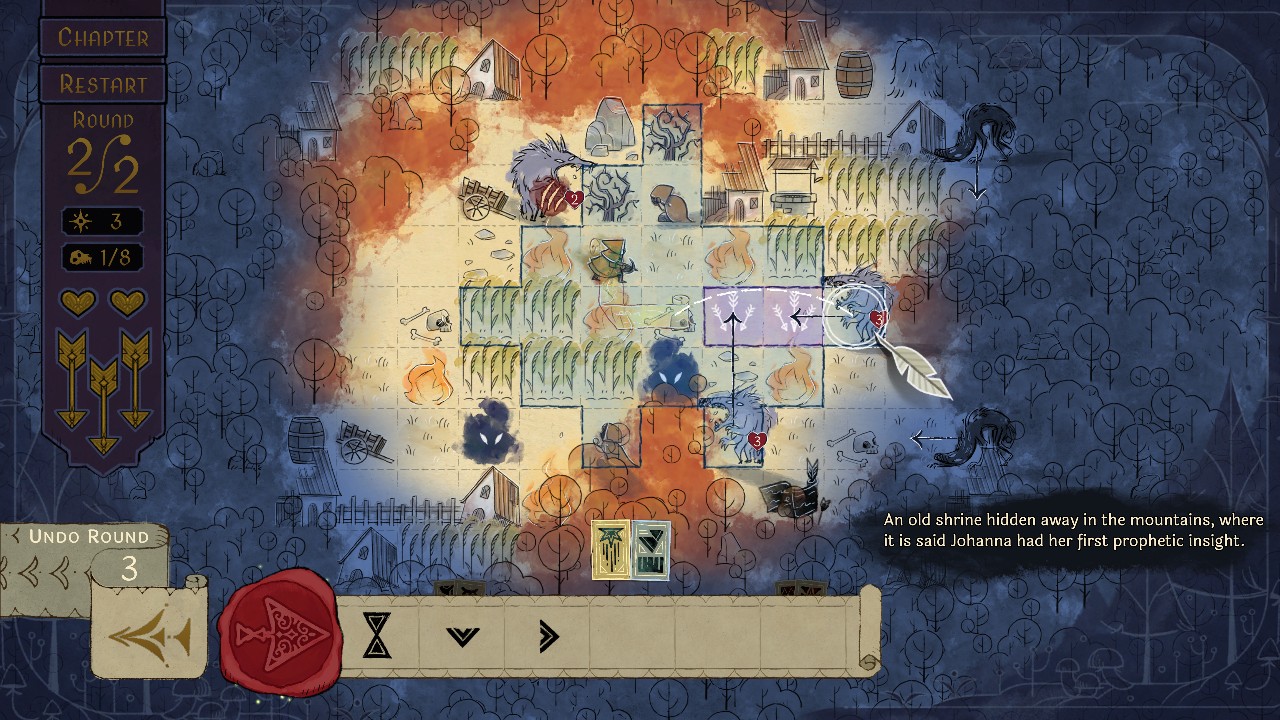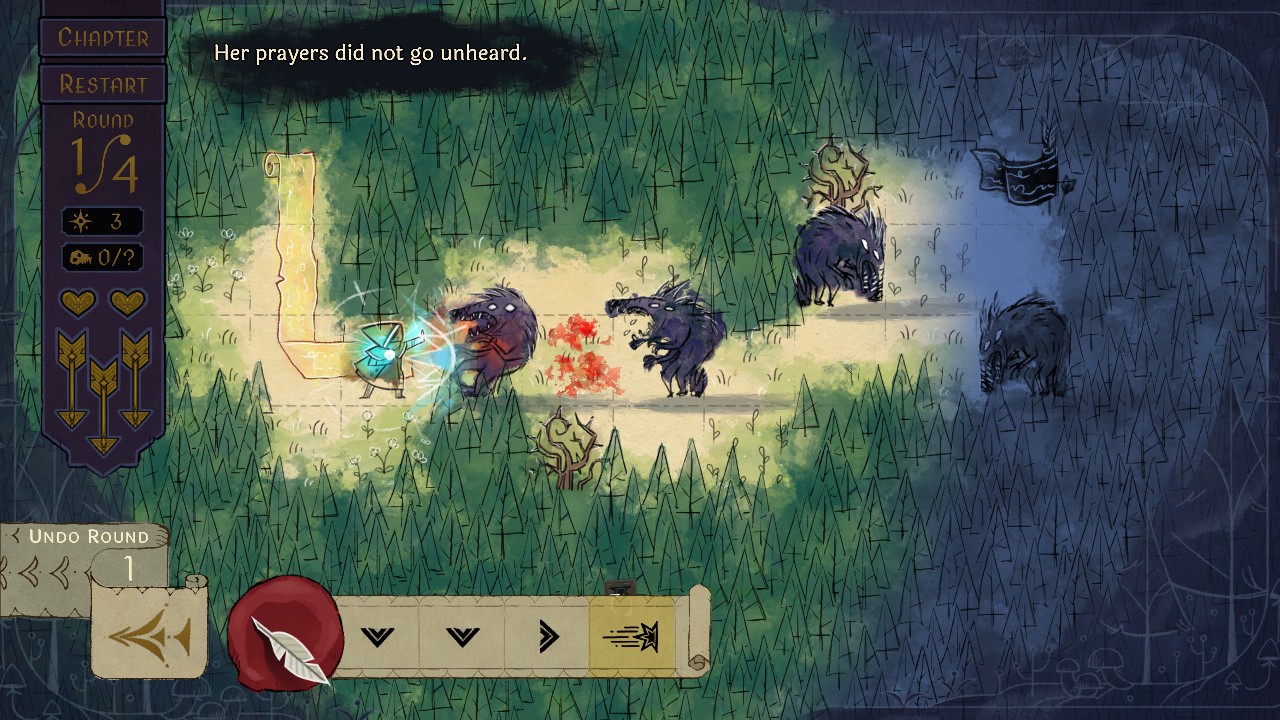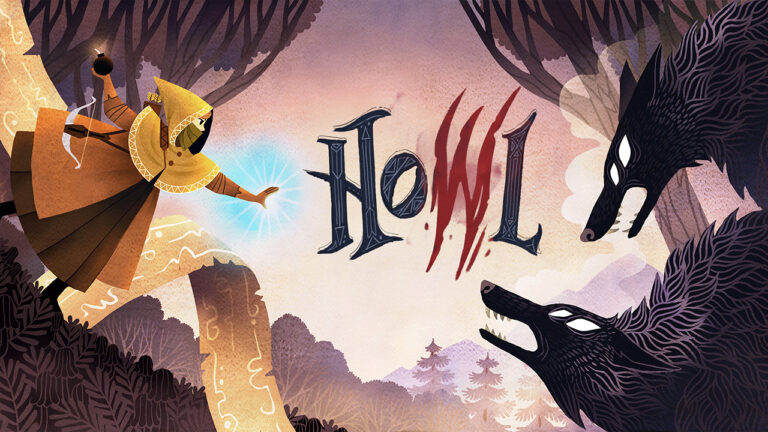Howl is a turn-based tactical folktale, and it’s available now on mobile – having been on console for several months already.
We spoke to the game’s developer, Mi’pu’mi, about the challenges of bringing the game to mobile, its key inspirations, and much more.
Hello! Can you tell us about the process of developing Howl, and how it came to be?
We have a so-called Mipumi Day once a month at our studio. Every first Friday of each month, the entire team is enabled to work on game concepts (think of a short game jam), train themselves on new software, watch GDC vault sessions or read about topics important for daily work.
During such a Mipumi Day the concept for The Flower Collectors was born. The idea was picked up several months in a row to strengthen the concept. Then the project entered our internal greenlight process, where an advisory board (populated with a representative of each discipline) and management discuss a potential future of such a title. We have these greenlight processes at the end of every development phase, a stage gate the team needs to pass, in order to continue. This allows us to shape a project accordingly and control our investment.

With Howl specifically, we started initially with a prototype where you program a robot, called ‘Robogramming’. While it fit the mechanics, we felt the theme was not engaging enough. Since a lot of the game is derived from the gameplay mechanics and the game is about predicting opponent moves, we decided it should feature a prophet. This in turn inspired us to base the game’s art style on illuminated manuscripts. And since the players are creating the prophecy as they go, we decided we needed ‘living ink’ to reflect this.
What were the biggest challenges developing the game in general?
As described above the game started during a creative day at Mipumi with a small team and evolved slowly. While defining the mechanics and the narrative we came up with the idea for living ink, a tech we developed explicitly for this game. So a lot of time was spent on creating a proof of concept for living ink and making it work in the context of our story.
Since we are used to work on multiplatform titles, we do our best to avoid decisions that restrict our development process further down the line, especially when additional platforms are added to the planning. Still, it is always a challenge to address the variety of different platforms and make sure all submissions with the platform holders are concluded in a short amount of time.
In the past we did mainly narrative driven games and for the entire team it was a challenge to work on a mechanical driven title, trying to convey the narrative through mechanical gameplay. We are very happy and proud that we have achieved that goal and are getting so much positive response from players on all platforms.
Were there any key inspirations – in gaming or elsewhere – when it came to developing the game?
As soon as we had figured out the predicting moves gameplay, which also defined the mediaeval setting inspired by the Grimm Brothers, featuring a prophet came almost naturally. While experimenting with a fitting art style we created our living ink tech that is based and inspired by illuminated manuscripts like the Book of Skells.
We strongly believe in cultural heritage and would like to tell stories in an environment we know best, hence we based the core of Howl around European folklore. Living Ink allows the player to paint parts of the story while they are actually playing. Our hand-drawn pencils & watercolor look uses tech to make paint come to life, combining European folklore, illuminated manuscripts as well as watercolor storybooks.

Can you tell us more about the unlockable skills and what they bring to the game?
The skills bring a lot of variety to the strategies players can use to complete levels. For instance, the smoke bomb allows you to stay hidden or even lock beasts in smoke while moving to safety. You can also use exploding arrows to set levels on fire and deal damage to a lot of beasts at the same time!
You unlock more skills as you progress through the game, and with each new skill you get access to new ways to engage beasts and complete levels.
The later the skill gets unlocked, the more powerful it is for battling against the new beasts and bosses that you encounter along the way.
You can upgrade any skill to enhance the ones you like the most. The skills allowed us to create a greater variety of levels and enemy and obstacles combinations.
Can you tell us more about “Living Ink” and how this idea came to be.
The game’s central theme of a dynamic prophecy, being written as you play, inspired us to present the game as an illuminated parchment come to life. A large part of this was coming up with a way to show ‘Living Ink’ instead of static ink, dead on paper; the colors should flow, morph, and travel across the page as you ‘illustrate’ the game by playing the game.
We wanted to make the game feel as if it all takes place on one long, continuous piece of parchment, each level part of the prophecy, written out by you. Illuminated by the page, the color would seep in from the darkness surrounding this endless scroll.
We referenced a large number of illuminated manuscripts, watercolor art, and picture books in order to come up with an aesthetic that is close to a fable and created static images to illustrate the visual target.
All the while, we considered what it would look like if the ink was flowing before our eyes. We wanted game scenes to be drawn gradually. First, the outlines, then outlines flooded with color, and lastly the color to be continuously animating and alive, reminding the player that the pages they are reading are malleable and being created as they play.

Why are the Living Ink aesthetics more than a gimmick?
We see Living Ink as a key feature and USP to Howl and are very proud with what we have achieved there. The idea that the player is writing their own prophecy while playing by painting a piece of art is something we haven’t seen that often in games. The metaphor of an endless scroll that is written or painted while you progress your own story is a very strong and immersive element of the player’s experience.
The game is presented as a piece of parchment, with the color and lines coming together as you play. We wanted the color to come alive before the players eyes, to remain fluid and in motion, until they’ve completed a level “inscribing” their unique playthrough of a level into the parchment.
Can you go into some of the difficulties when creating the watercolour art style for the game?
One challenge we had with the watercolor tech was to make the levels feel alive and moving, while also keeping levels readable as grid-based puzzle games need to be! If colours bleed too much into each other and overlap, then levels would become hard to read and play, as players need to be able to easily count distances between their character and enemies.
We found a compromise by using lineart that clearly shows the boundaries of each tile and the being in that tile, while letting the watercolour itself spread a bit more freely outside of those confines.
This captures the look of flowing watercolour, while still keeping the game easy to overview and interact with.
Our thanks to the team at Mi’pu’mi for their time! You can download Howl for yourself right now via the Google Play Store or the App Store.


